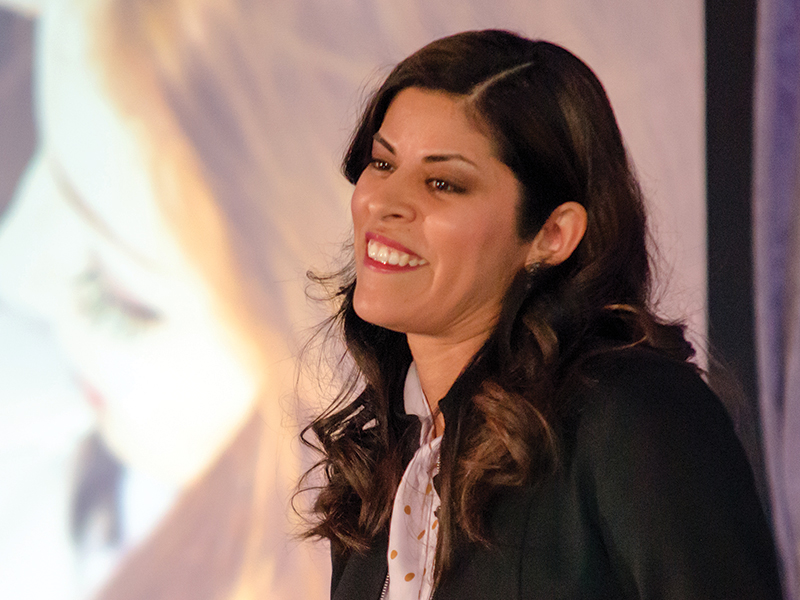
As the world changes, so do the workforce and workplaces of today, demanding a new approach to how the industry is helping defined contribution plan members save for retirement.
During a session at Benefits Canada‘s 2020 DC Plan Summit in Montreal in February, Maria-José Perea, vice-president, business solutions and marketing for group retirement savings at Desjardins Insurance, laid out that new approach through trends, including the shift in demographics, additional workforce flexibility and the power of technology.
“With today’s reality, it’s no surprise that retirement itself is being redefined. . . . If we just talk about retirement, we’re going to be missing the mark. We need to look at plan members and their financial situation more holistically.”
Read: Paying attention to employees’ holistic well-being as they approach retirement
In addition, Canadians are struggling with their finances, said Perea, highlighting factors such as financial literacy, competing priorities, people living beyond their needs and the shift from defined benefit to DC pension plans.
Financial wellness programs can have a direct impact on productivity and retirement readiness, she added. “These programs help people manage things like their debt or just control their spending habits. And we shouldn’t underestimate the ability as an employer to facilitate access to financial education, providing advice and solutions to help Canadians save for retirement and manage their overall finances.”
But what does a financial wellness program look like in a new modern world? Perea suggested it starts with the plan member, focusing on a personalized and engaging experience, as well as a holistic approach that’s measured.
All of these attributes tie together to embrace the new reality, she said, noting plan sponsors can help their members face day-to-day challenges by addressing both short- and medium-term goals. “If you take on the more holistic approach, you have opportunities to engage with more meaningful conversations. There’s great value there to look at your plan and how you can create those additional touchpoints throughout the experience of a plan member, ensure you’re taking on the more holistic approach to overall finances.”
Read: Financial wellness programs boost employee retirement readiness: study
While technology is one way to connect these elements, people still seek human interaction, said Perea. As well, employers have a fiduciary duty to ensure they’re comfortable with their different providers and how the financial wellness program comes together, she said, noting group savings have to tie into that. “If these different touchpoints are well-designed and actionable and it’s well-integrated into the plans, then it will result in helping retirement readiness.”
Ultimately, it’s important that plan sponsors embrace non-retirement-related goals, addressing employees’ competing priorities, integrating advice throughout the experience and embracing technology and personalization.“Once we’ve done that, I think we’re getting a step closer in helping plan members answer the question, ‘Are you ready for retirement?’”
Read more stories from the 2020 DC Plan Summit.
